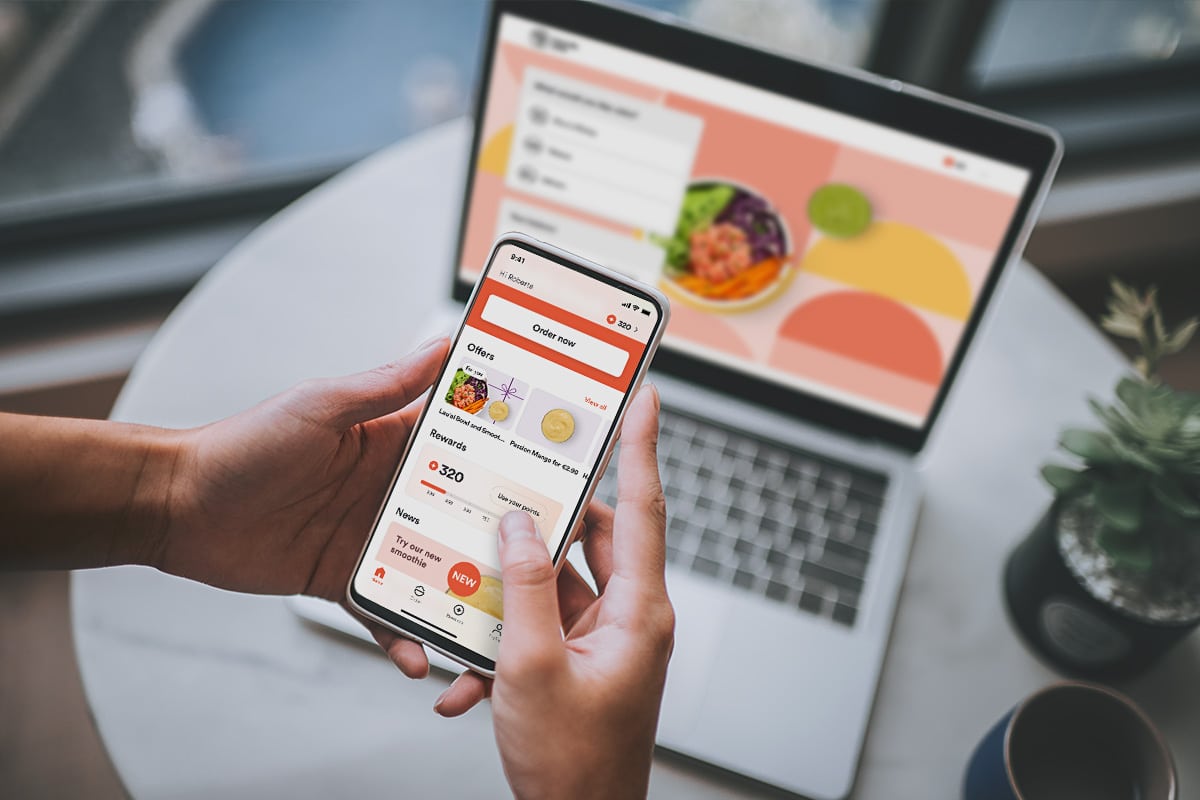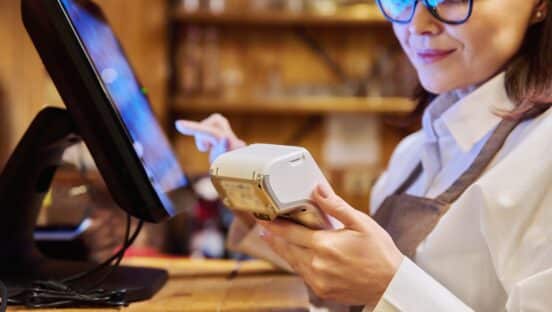Many restaurant operators hoped that the COVID-19 pandemic would come and go, and the traditional way of doing business would return. But it’s becoming increasingly clear that the “old way” of doing things is gone forever. In particular, digital channels have become the very lifeblood of the quick-service industry over the past two years: the NPD Group recently reported that digital sales have grown 117 percent since the outset of the pandemic.
Statistics like this exhibit that most restaurants have pivoted toward digital sales, but that transition has also brought with it a host of new challenges. For example, brands that hastily added online ordering or delivery via a third-party aggregator might now be waking up to a world where the customer relationship is no longer under their control. Pivotally, restaurants are losing out on customer data when they are conducting commerce via third-party channels.
This leaves restaurants in the dark. They are not able to cultivate organic digital relationships, or meaningfully market directly to loyal customers. The guest experience at many restaurants is suffering as a result. Addressing these complications requires modern solutions, and certain ecommerce platforms are helping restaurants take back control of first and third-party digital ordering channels.
“Traditionally, I think restaurants have viewed technology with a back-of-house or administrative focus,” says Marlon Koch, co-founder and chief product officer of MENU Technologies. “What we’ve seen in the last couple of years is that technology is increasingly becoming a customer-facing tool that is positively affecting the guest experience.”
Rebuilding The Guest Journey
One restaurant chain that has acclimated to this new digital age with grace is Vapiano, a 200-plus unit brand based in Germany, with stores in over 20 countries. As a “build-your-own,” fast-casual pizza concept, Vapiano has always provided a unique customer journey. Prior to the pandemic, guests would mark down on a sheet of paper the various toppings they wanted on their pizza, and hand it to a team member who would then build and cook the pie. This customization is a key differentiator for the popular German brand.
“Since we opened our first Vapiano location in 2002, that guest journey has been really core to who we are as a brand,” says Michael Szubarga, IT and digital adoption manager at Vapiano. “We want to give guests the freshest possible pizza, made right in front of them by their own chef.”
This original business model was not without challenges, though. For example, if guests planned to eat together, the timing of when food was ready would be staggered, limiting the time spent together socializing and eating. The brand felt this issue occasionally compromised the eating experience that it wished to provide.
The original customer journey also didn’t lend itself to upselling opportunities—with chefs dedicated to keeping throughput up, they were not always offering or clearly communicating add-ons that might go well on the pizza, or with it. Finally, Vapiano was missing out on pivotal customer data.
And so Vapiano reached out to MENU Technologies, a digital ecommerce platform that helps brands create a streamlined digital ordering experience across multiple channels. The idea was to make the guest experience more enjoyable, exacting, and efficient, while making the restaurant more profitable. That mission has been accomplished at Vapiano: since implementing MENU, the brand has seen ticket sizes increase by 30 percent thanks to clever upselling options, while Szubarga reports that 90 percent of customers believe the guest journey has been improved.
Szubarga says that Vapiano chose to partner with MENU Technologies because the company seemed to immediately understand the mission: to digitize the customer journey while maintaining what made it unique.
“We wanted to translate that guest journey into a digital experience, and MENU allowed us to do that,” Szubarga says. “Guests still get to customize the dish on their phone as though they were talking to the chef directly, choosing different add-ons that they want. We’ve seen an increase in the amount of sales from those modifiers, purely due to the fact that when given a bit more time to do things at your own pace, with no pressure, you’re going to choose a few more things. That’s been huge for us.”
“We wanted to translate that guest journey into a digital experience, and MENU allowed us to do that.”
But, perhaps most pivotally, Szubarga says implementing MENU Technologies means Vapiano is now accumulating customer data that it never used to have access to. Using its previous business model, Vapiano had few points to collect data aside from if they pay with a credit card or cash, or sign up for guest WiFi. Now, the brand is collecting swaths of data relating to consumer behavior that is helping create actionable changes.
“It’s really simple: we now know who our guests are,” Szubarga says. “We know what they ordered, what they added on, how long they spent ordering—these are all things that allow us to be flexible in offering them what they want to have.”
the company’s website.













